Coal, often criticized as the most environmentally damaging fossil fuel, remains a significant energy source globally. While its negative impacts, from air pollution to greenhouse gas emissions, are well-documented, the transition away from coal is not uniform across the world. This article delves into the crucial question: Where Is Coal Not Available, or where is its use limited, and explores the reasons behind these energy landscapes. By examining regions with minimal coal reliance, we can gain valuable insights into the factors driving energy diversification and the pathways towards cleaner energy futures.
Coal’s Global Footprint and Environmental Concerns
Primarily utilized for electricity generation and, to a lesser extent, heating, coal combustion releases a range of harmful emissions. Beyond carbon dioxide (CO2), which contributes to climate change, burning coal produces sulfur dioxide, nitrogen oxides, mercury, heavy metals, and particulate matter like ash. While technologies exist to mitigate some of these non-CO2 emissions, reducing CO2 output from coal remains a significant challenge.
Alternatives to coal-fired power generation are readily available. Natural gas and nuclear power offer viable substitutes, particularly when combined with natural gas infrastructure. Though generally more expensive, they produce considerably fewer CO2 emissions. Natural gas combined cycle power, for instance, emits approximately 40% of the CO2 compared to coal for the same energy output.
Renewable energy sources such as wind and solar also present pathways to displace coal. However, their intermittent nature necessitates backup power from non-intermittent sources (like natural gas, nuclear, or hydro) or advanced energy storage solutions for a complete substitution. Hydropower, a large-scale renewable source, is not universally applicable due to geographical limitations and its own set of environmental concerns, including ecosystem disruption and impacts on local communities.
Regions Where Coal Is Limited or Absent
While coal consumption persists globally, numerous regions demonstrate limited or negligible coal usage. Understanding why coal is not a dominant energy source in these areas is key to understanding the broader energy transition.
1. Regions with Scarce Coal Deposits
The most straightforward reason for the lack of coal availability is geological scarcity. Coal formation requires specific geological conditions over millions of years, and not all regions possess these resources.
- Deserts and Arid Regions: Many desert regions, such as parts of North Africa, the Middle East, and Central Asia, lack significant coal deposits. These areas often have abundant solar energy potential, making solar power a more logical energy choice.
- Volcanic and Geothermal Zones: Regions with high volcanic and geothermal activity, like Iceland and parts of Southeast Asia, often lack coal but possess readily available geothermal energy. Iceland, for example, relies almost entirely on renewable energy, with geothermal being a primary source.
- Island Nations and Archipelagos: Many island nations, particularly those far from continental landmasses, have limited coal resources. These locations often explore other options like renewable energy and imported fuels.
2. Regions with Abundant Renewable Alternatives
The availability of cost-effective and reliable renewable energy sources can significantly diminish the appeal of coal.
- Hydropower-Rich Nations: Countries with substantial hydropower potential, such as Nepal, Democratic Republic of Congo, Namibia, and Paraguay, often prioritize hydroelectricity. These nations can generate a large proportion, sometimes all, of their electricity from hydropower, making coal unnecessary. Costa Rica, for example, famously generates nearly all its electricity from hydropower, wind, solar, biomass, and geothermal sources.
- Geothermal Energy Hotspots: Regions with accessible geothermal resources, like Iceland and parts of East Africa, can leverage geothermal energy for both electricity and heating, reducing the need for coal.
- High Solar and Wind Potential Areas: Regions with consistently high solar irradiance (like the American Southwest, parts of Australia, and the Sahara Desert) or strong wind resources (like coastal areas and the Great Plains in the US) are increasingly turning to solar and wind power as economically viable alternatives to coal.
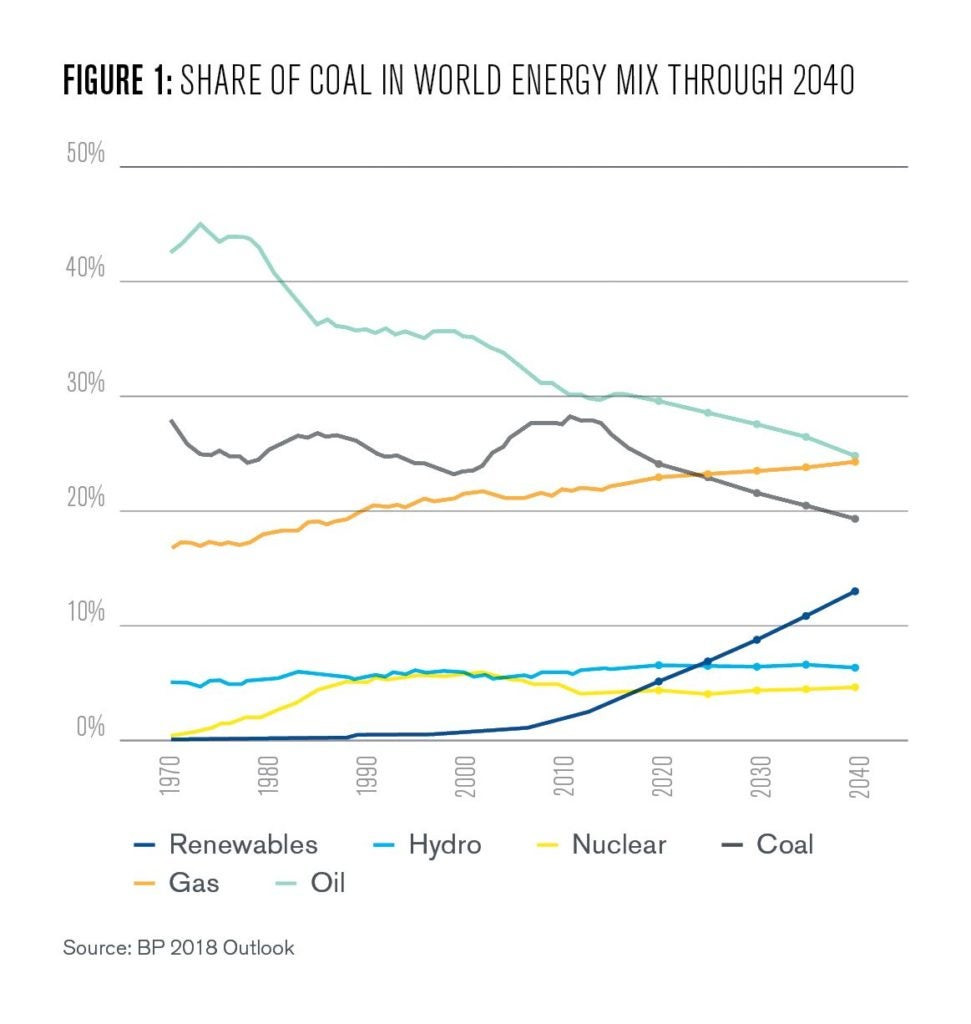 Figure 1: Share of coal in world energy mix through 2040
Figure 1: Share of coal in world energy mix through 2040
3. Regions with Proactive Anti-Coal Policies
Government policies and environmental regulations play a crucial role in shaping energy choices. Regions actively discouraging coal use through policy interventions often see limited coal availability in their energy mix.
- European Union: The EU has been at the forefront of climate action, implementing stringent environmental regulations and promoting renewable energy. Policies like carbon pricing, emissions standards, and renewable energy subsidies have significantly reduced coal consumption across Europe. Countries like France and Sweden, with strong nuclear and hydropower sectors respectively, have minimal coal use.
- California and other US States: Certain US states, like California and New York, have adopted ambitious renewable energy targets and policies to phase out coal-fired power. California, for instance, has effectively eliminated coal from its electricity generation mix, relying heavily on natural gas, renewables, and energy imports.
- Countries with Carbon Taxes and Emissions Trading Schemes: Nations implementing carbon pricing mechanisms, such as carbon taxes or emissions trading systems, make coal power generation more expensive, incentivizing a shift to cleaner alternatives.
4. Regions Driven by Economic and Market Factors
Market forces and economic considerations can also lead to the reduced availability of coal, even in regions with coal resources.
- Availability of Cheap Natural Gas: The shale gas revolution in the United States dramatically lowered natural gas prices, making gas-fired power plants economically competitive, and in many cases, cheaper than coal. This market shift has been a major driver in the decline of coal use in the US.
- Falling Costs of Renewables: The rapidly decreasing costs of solar and wind energy have made them increasingly competitive with coal, even without subsidies. In many locations, new renewable energy projects are now cheaper than operating existing coal plants, leading to coal plant retirements and a preference for renewables.
- Energy Import Dependence and Diversification: Countries heavily reliant on energy imports may prioritize diversifying their energy sources to enhance energy security. Investing in renewable energy or natural gas infrastructure can reduce dependence on coal imports and potentially offer more stable and diversified energy supplies.
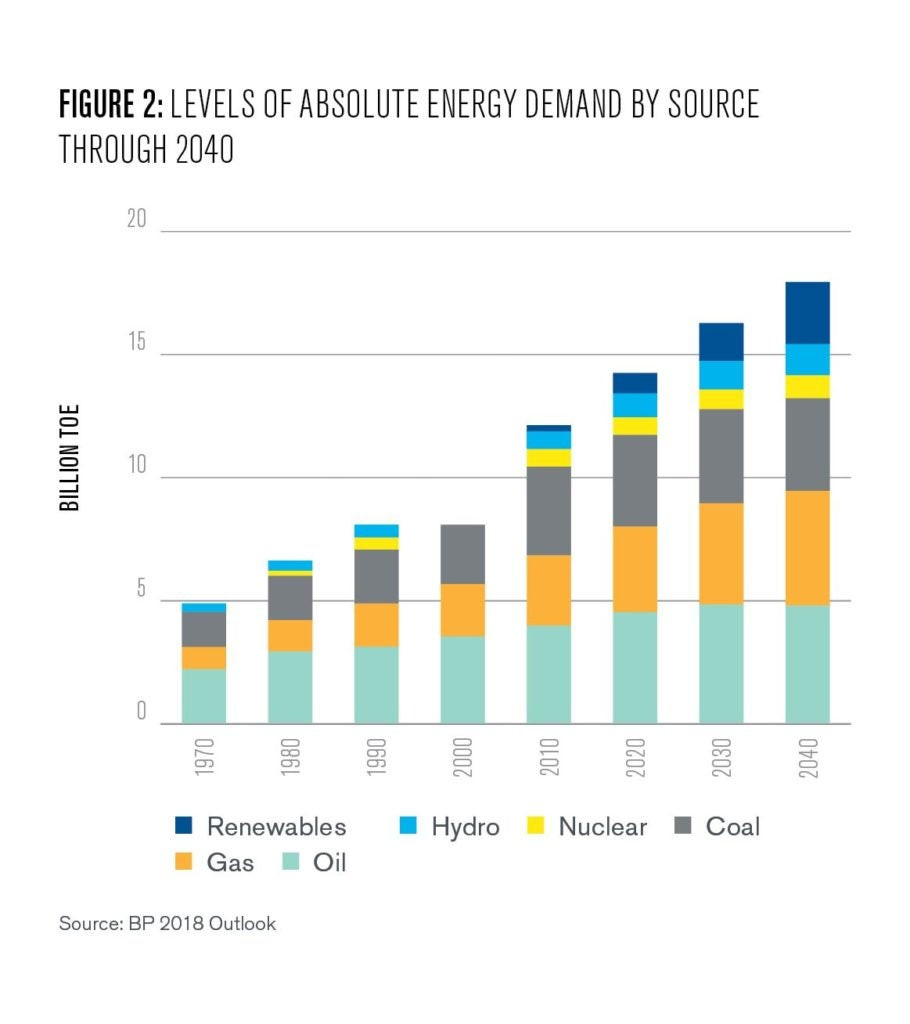 Figure 2: Levels of absolute energy demand by source through 2040
Figure 2: Levels of absolute energy demand by source through 2040
The Developing World and the Persistent Role of Coal
It is important to acknowledge that while some regions are moving away from coal, its consumption remains significant, especially in developing economies. For many developing nations, coal offers an affordable and readily available energy source to fuel economic growth and improve energy access.
- Economic Development Imperatives: As developing countries industrialize, their energy demand increases rapidly. Coal is often seen as a cost-effective option to meet this growing demand, particularly when domestic coal resources are available.
- Energy Security Concerns: Coal is geographically more widespread than oil and natural gas. For countries concerned about energy security and dependence on foreign energy supplies, domestic coal resources are often considered a strategic asset.
- Job Creation and Social Factors: The coal industry provides employment in many developing regions. Transitioning away from coal can raise social and economic challenges related to job losses and community impacts.
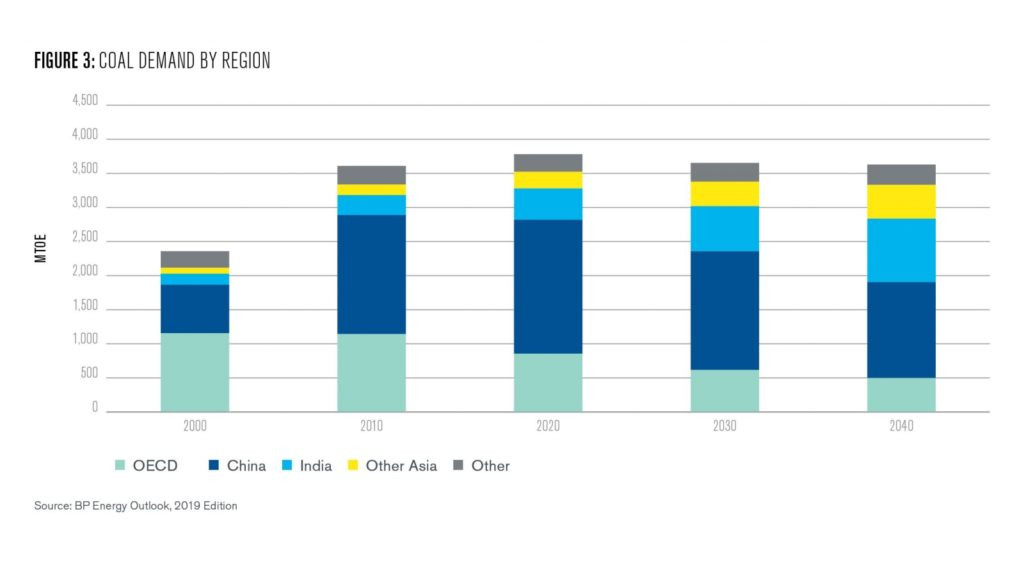 Figure 3: Coal demand by region
Figure 3: Coal demand by region
However, even in developing countries, the long-term trend points towards diversification and cleaner energy sources. As renewable energy costs continue to decline and international pressure to address climate change intensifies, many developing nations are also exploring pathways to reduce their reliance on coal.
Implications and Pathways to a Coal-Free Future
Understanding where coal is not available and the reasons behind it provides valuable lessons for a global energy transition. The regions that have successfully limited coal use demonstrate that a combination of factors can drive this shift:
- Resource Availability: Naturally abundant renewable resources can provide a compelling alternative to coal.
- Policy Leadership: Strong government policies and regulations are crucial for incentivizing clean energy and discouraging coal use.
- Economic Viability: Market forces, particularly the declining costs of renewables and the availability of cheaper natural gas, can accelerate the transition away from coal.
- Technological Innovation: Advancements in energy storage, carbon capture, and other clean energy technologies are vital for enabling a deeper decarbonization of the energy sector.
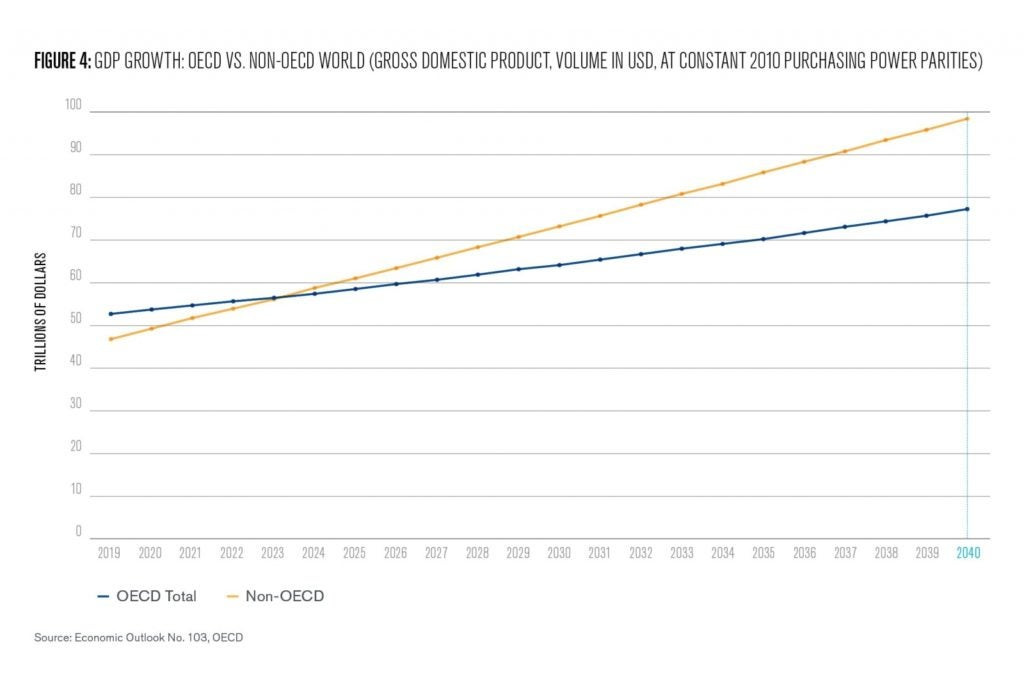 Figure 4: GDP Growth: OEDC vs. non-OEDC world (GDP, volume in USD, at constant 2010 purchasing power parities)
Figure 4: GDP Growth: OEDC vs. non-OEDC world (GDP, volume in USD, at constant 2010 purchasing power parities)
Moving towards a future where coal is not a significant part of the energy mix requires a multifaceted approach. Developed nations, which historically bear the largest responsibility for CO2 emissions, must lead by example by transitioning away from coal and investing in research and development of clean energy technologies. International cooperation and technology transfer are essential to support developing countries in their efforts to pursue sustainable energy pathways.
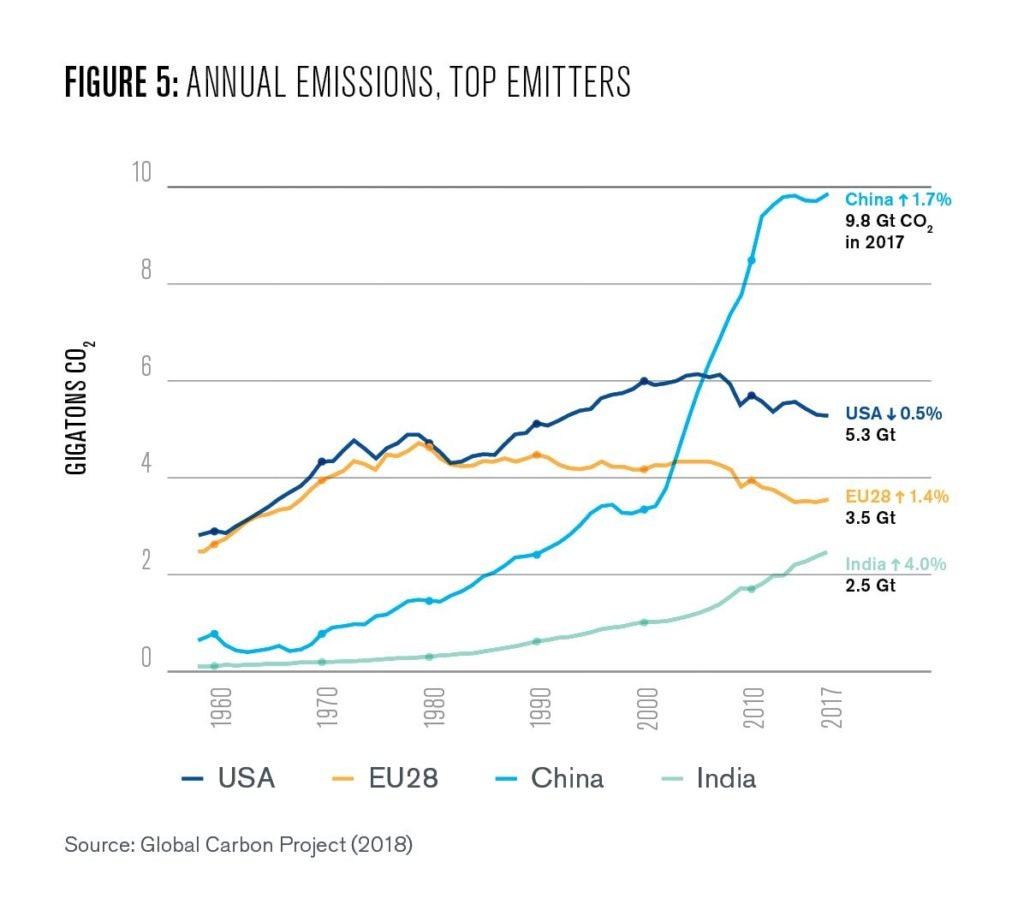 Figure 5: Annual emissions, top emitters
Figure 5: Annual emissions, top emitters
Ultimately, the journey away from coal is not just an environmental imperative but also an economic opportunity. By embracing diverse energy strategies, prioritizing clean energy investments, and fostering global collaboration, we can move towards a future where coal’s availability becomes increasingly limited, replaced by cleaner, more sustainable energy sources for all.
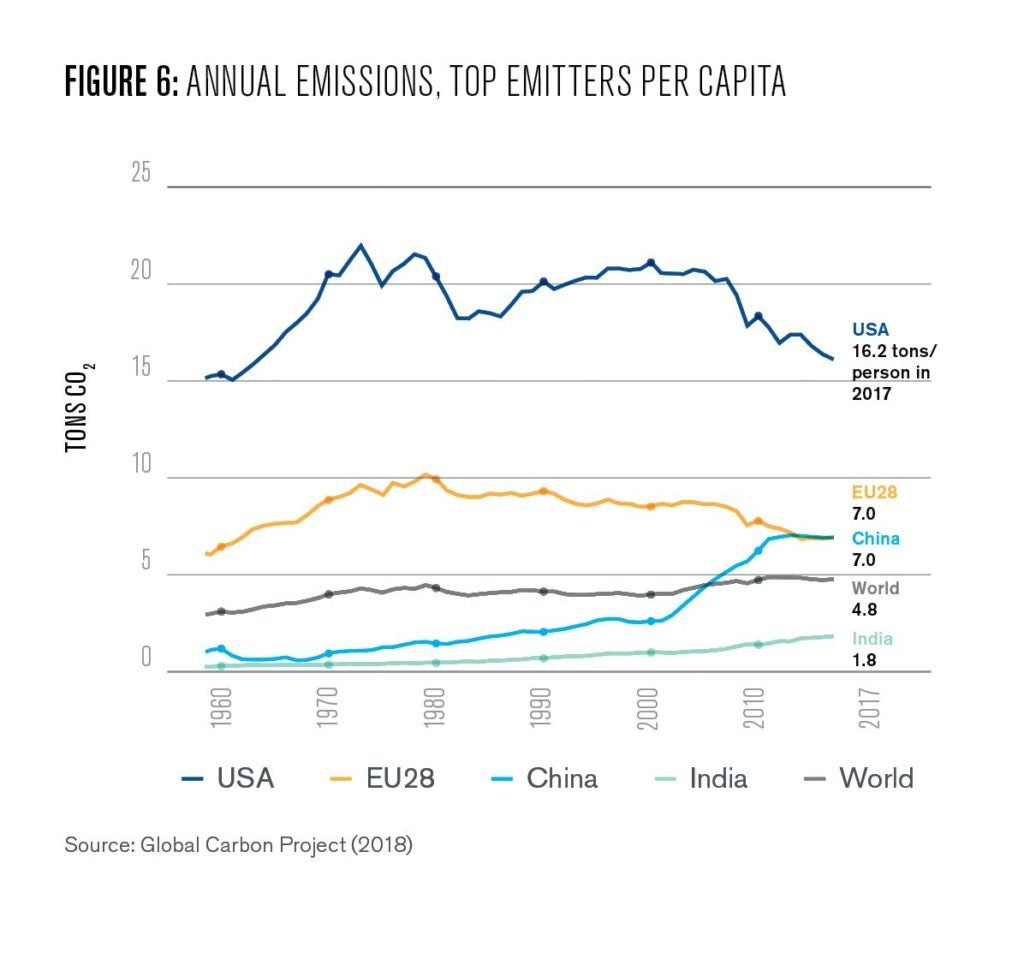 Figure 6: Annual emissions, top emitters per captia
Figure 6: Annual emissions, top emitters per captia
References
BP, Energy Outlook 2018 edition.
BP, Energy Outlook 2019 Edition.
EIA. 2019. “Coal Explained: Coal and the Environment.” Available at: https://www.eia.gov/energyexplained/index.php?page=coal_environment
EIA. 2018. “Changes in Coal Sector Led to Less SO2 and NOx Emissions from Electric Power Industry.” Available at: https://www.eia.gov/todayinenergy/detail.php?id=37752
Embury-Dennis, Tom. 2017. “Costa Rica’s Electricity Generated by Renewable Energy for 300 Days in 2017.” The Independent.
Fell, Harrison et al. 2018. “The Fall of Coal: Joint Impacts of Fuel Prices and Renewables on Generation and Emissions,” American Economic Journal: Economic Policy.
Fox, Justin. 2018. “Why President Trump’s Coal Comeback Keeps Falling Short,” Bloomberg Opinion.
Global Carbon Project. 2018. “Global Carbon Budget 2018.” Available at: https://www.globalcarbonproject.org/carbonbudget/18/files/GCP_CarbonBudg…
IEA. “Atlas of Energy.” Available at: http://energyatlas.iea.org/#!/tellmap/-1118783123/1
IEA. 2018a. “Coal 2018: Analysis and Forecast to 2023.” Available at: https://www.iea.org/coal2018/
IEA. 2018b. “World Energy Outlook 2018 Examines Future Patterns of Global Energy System at a Time of Increasing Uncertainties.” Available at: https://www.iea.org/newsroom/news/2018/november/world-energy-outlook-201…
Maps of World. 2017. “Coal Deposits.” Available at: https://www.mapsofworld.com/business/industries/coal-energy/world-coal-d….
Mikulska, Anna and Michael Maher. 2018. “Energy Over the Next 20 Years: It’s Not All About the US.” Policy Brief, Baker Institute for Public Policy, Center for Energy Studies.
Mikulska, Anna. 2018. “Poland, Europe and the Coal Conundrum.” Policy Digest. RiEnergia
Mooney, Chris and Brady Dennis. 2018. In blow to climate, coal plants emitted more than ever in 2018.” Washington Post.
National Geographic, 2009. “Hydropower.” Available at: https://www.nationalgeographic.com/environment/global-warming/hydropower/
OECD, 2018.“Economic Outlook No 103.”
Salvaterra, Neanda. 2019. “Internet Giants Make Forays Into the Electricity Market.” Wall Street Journal.
U.N. Environment. 2018. “Emission Gap Report 2018.” Available at: https://www.unenvironment.org/resources/emissions-gap-report-2018
U.S. Senate Committee on Energy and Natural Resources. 2019. Full Committee Hearing to Examine the Electricity Sector in a Changing Climate. Available at:https://www.energy.senate.gov/public/index.cfm/hearings-and-business-mee…
We Build Value, Digital Magazine. 2018. “The Prevalence of Hydroelectricity.” Available at: https://www.webuildvalue.com/en/infrastructures/the-prevalence-of-hydroe…
World Health Organization. 2018. “Household Air Pollution and Health.” Available at: https://www.who.int/news-room/fact-sheets/detail/household-air-pollution….


